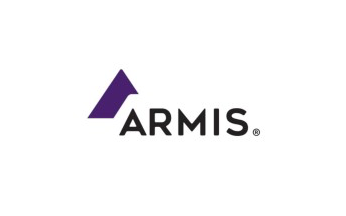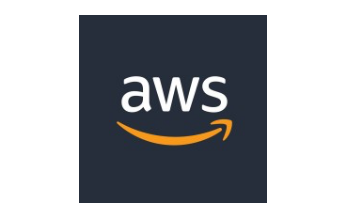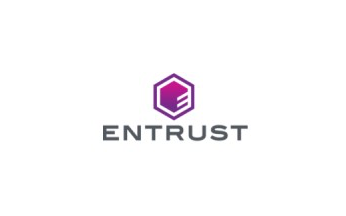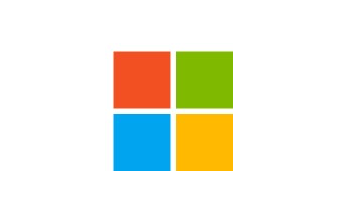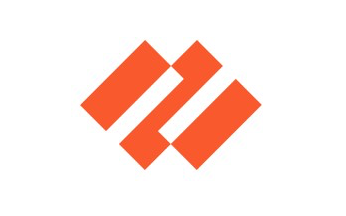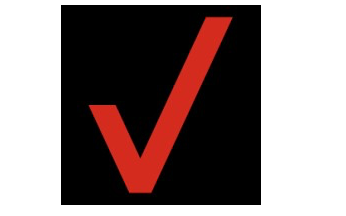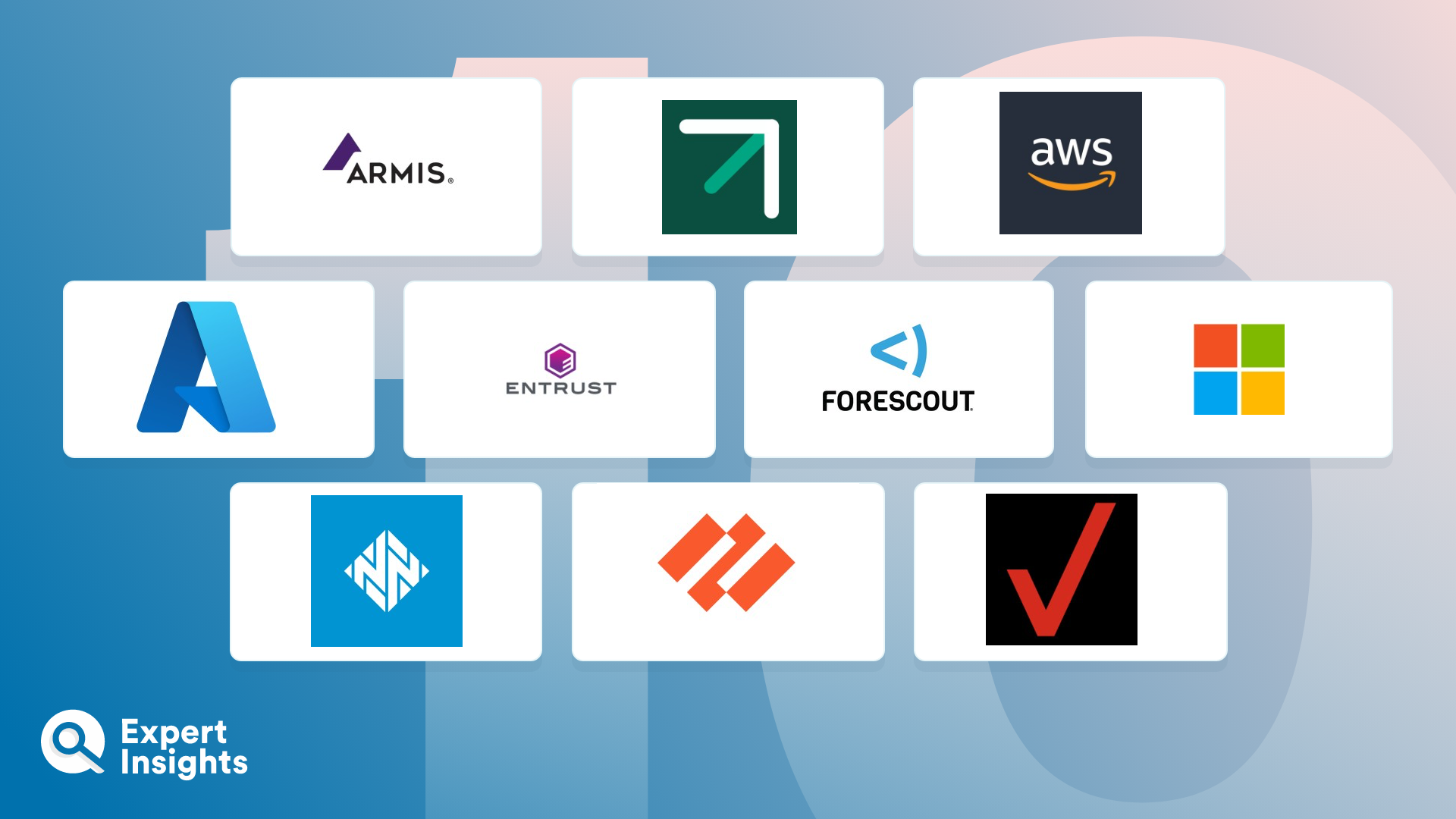Internet of Things (IoT) and operational technology (OT) devices improve productivity and streamline business operations. IoT devices (such as printers, security cameras, smart lighting, virtual assistants, and even coffee machines) connect to the corporate network via Wi-Fi. IT teams can manage them remotely and gain insights that can help improve business operations. However, IoT devices also expand an organization’s attack surface, unless protected with a robust IoT security tool.
IoT devices produce data of their own, and often have access to sensitive data and critical systems in other areas of the network. But IoT devices are much more difficult to secure than traditional endpoints. Most sensor-based devices, for example, have minimal computing resources, and therefore cannot install typical forms of protection such as antivirus software or encryption. IoT devices also often have poor access controls, security scans can cause sensitive devices to crash, and traditional tools often don’t provide visibility into peer-to-peer wireless connections.
This makes them more vulnerable to attack than traditional endpoints. If an IoT device is compromised, it can be used by threat actors as an entryway from which they can move laterally to other areas of the network, where they can access more critical devices and data.
Managing IoT devices using traditional network security tools can be challenging—so, the best way to secure your IoT devices is by implementing a dedicated IoT security tool. In this article, we’ll provide our shortlist of the best IoT security tools. We’ll give you some background information on the provider and the key features of each solution, as well as the type of customer that they are most suitable for.



